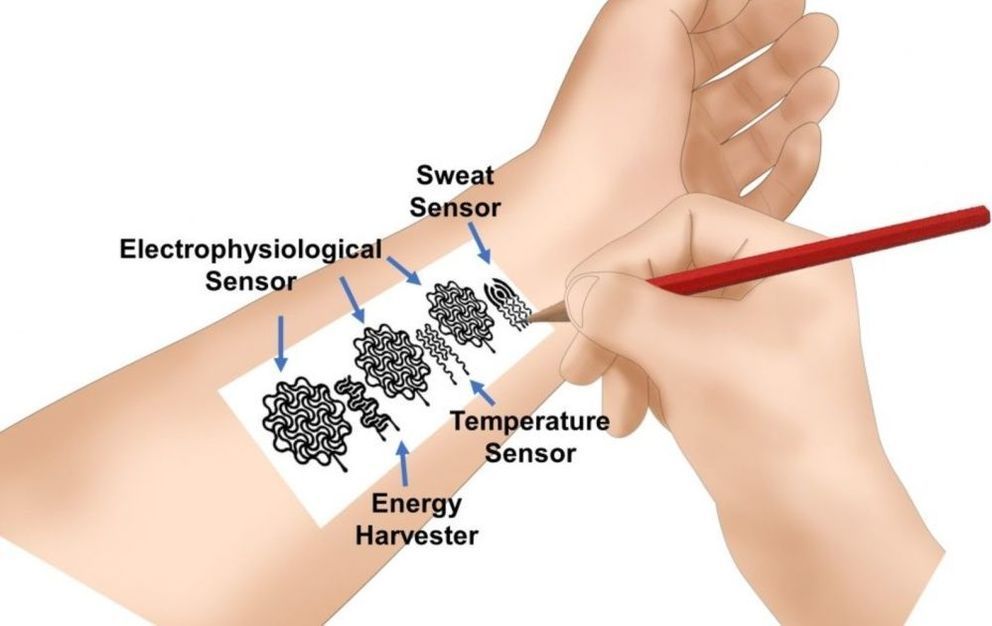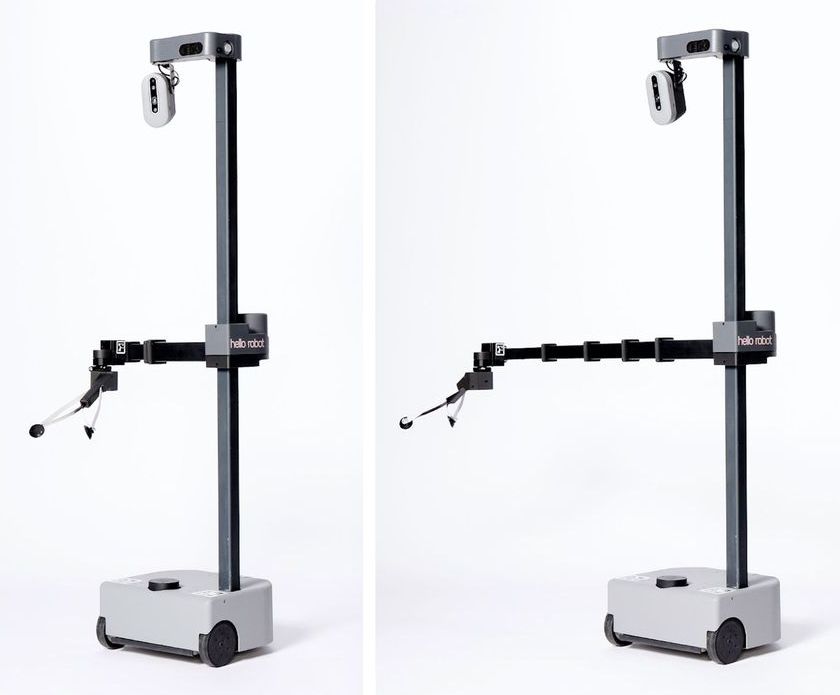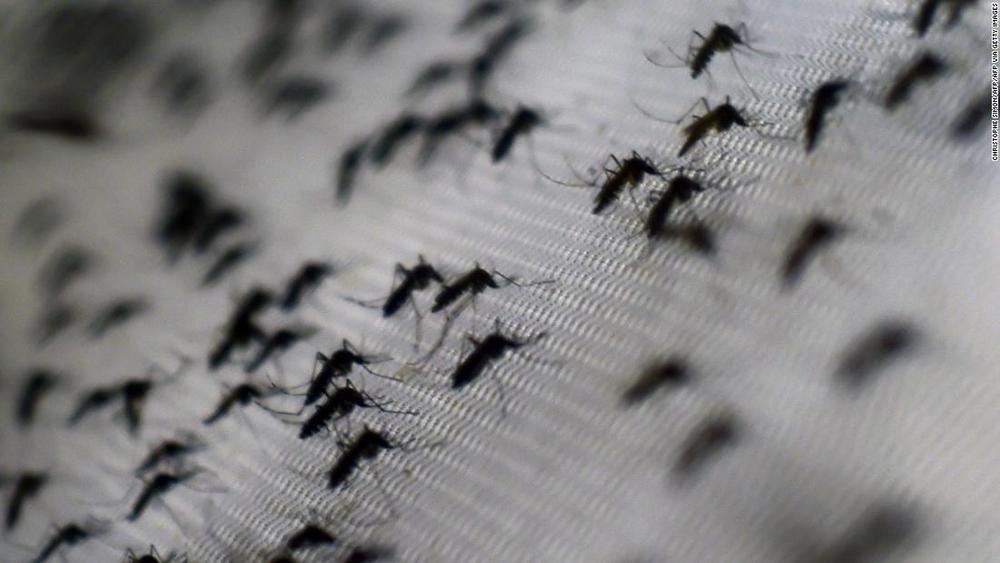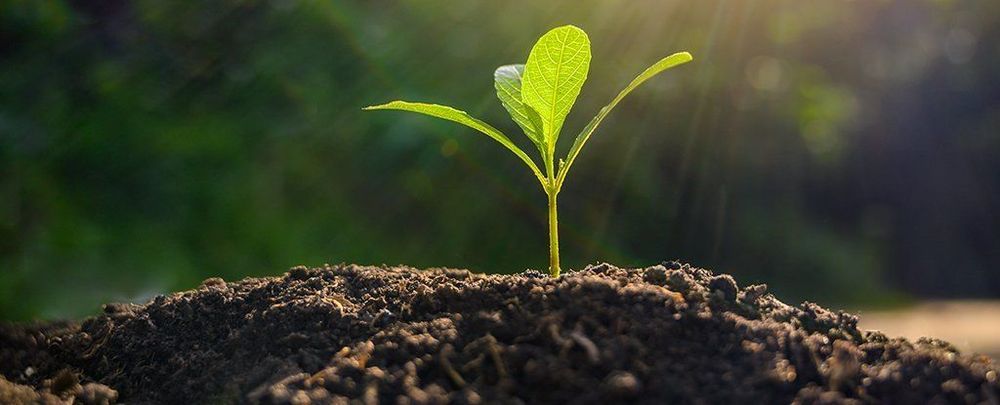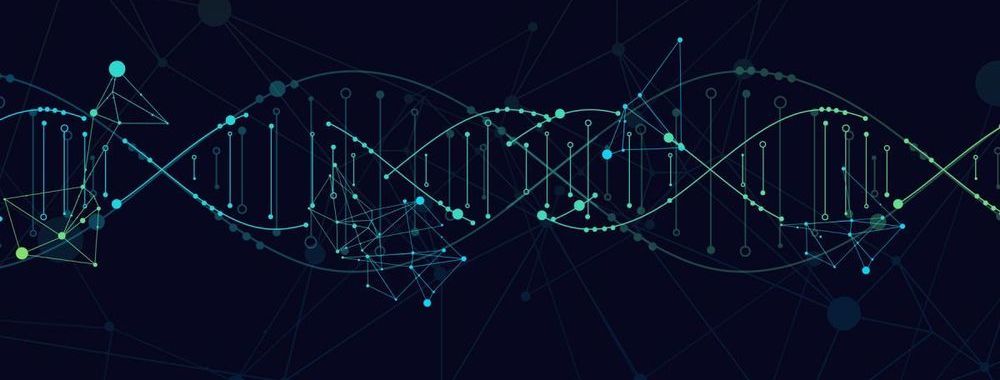Jul 14, 2020
Google’s secretive ATAP lab is imagining the future of smart devices
Posted by Genevieve Klien in categories: electronics, futurism
The consumer-electronics research arm has been quiet for years—but it’s also been busy. Its new mission: Make Google hardware as smart as Google software.
Adidas GMR, a smart insole for soccer players, is powered by Google ATAP’s Jacquard technology. [Photo: courtesy of Google].

